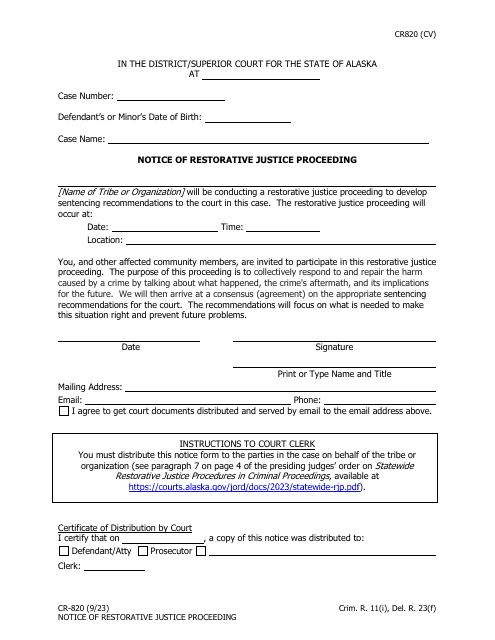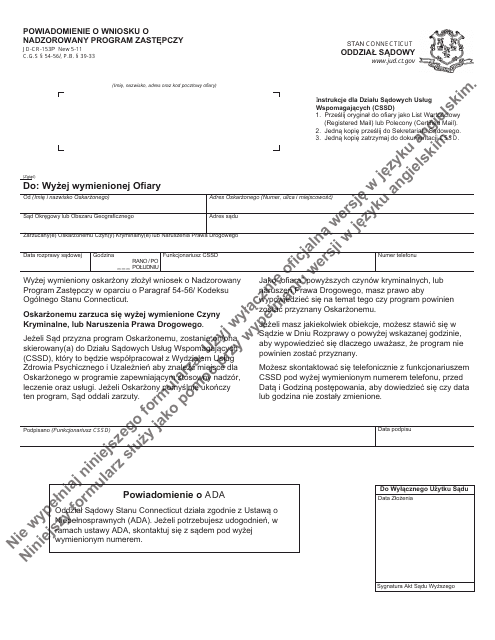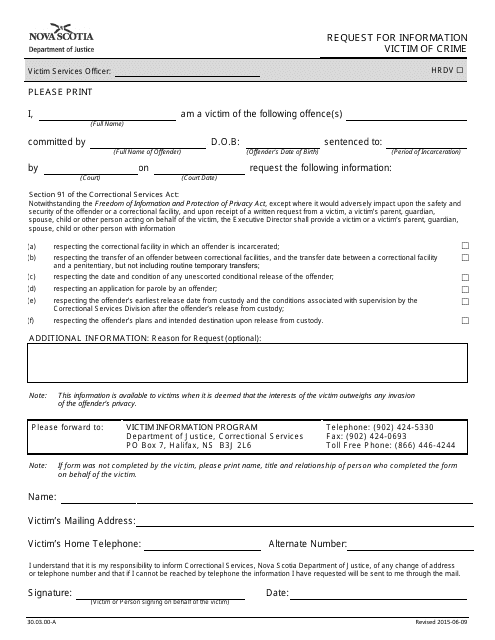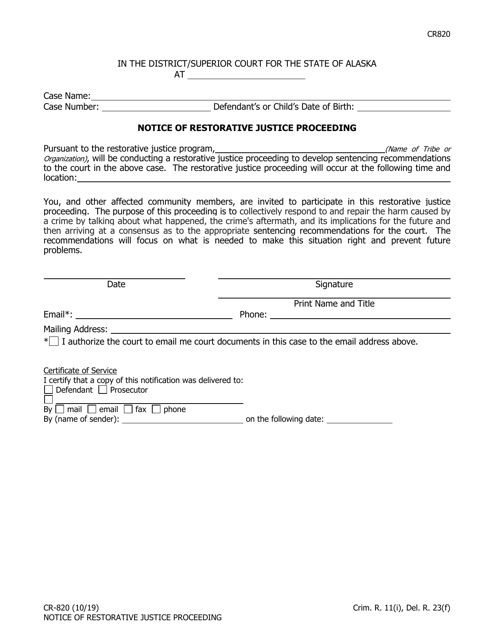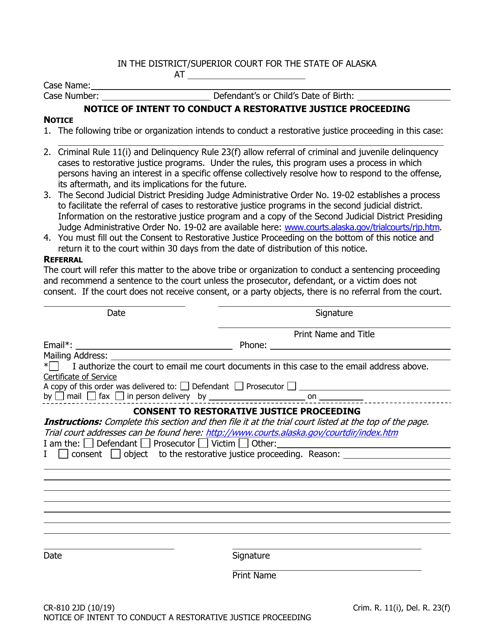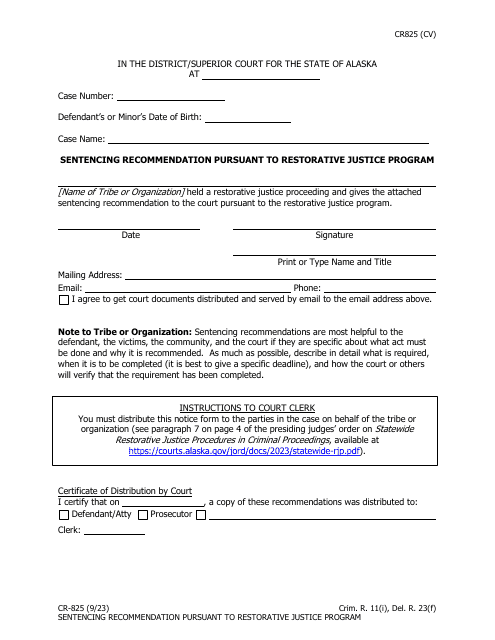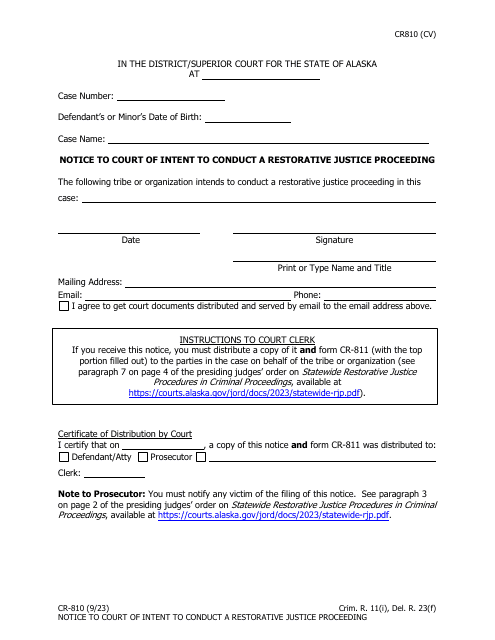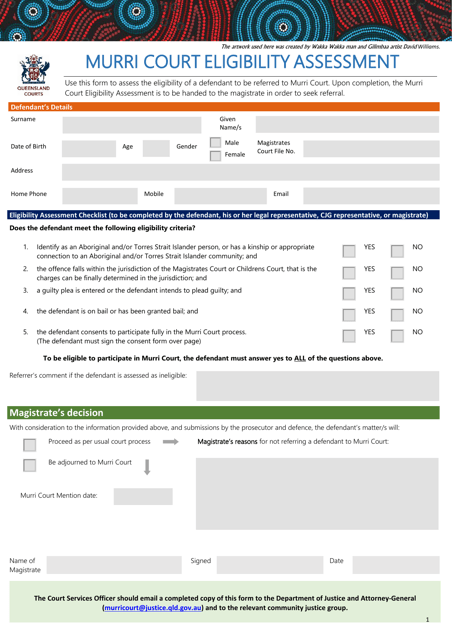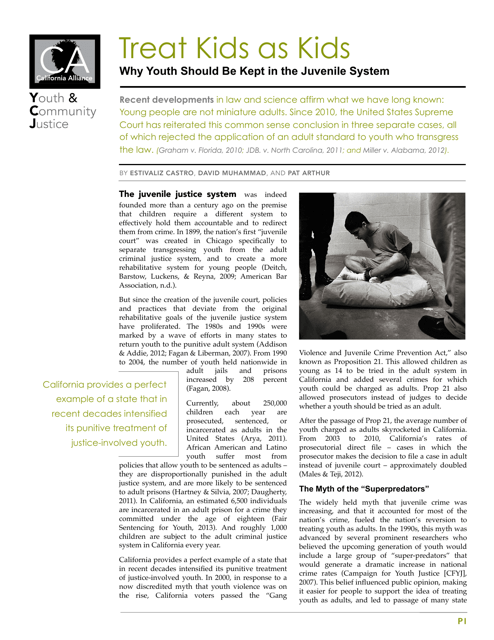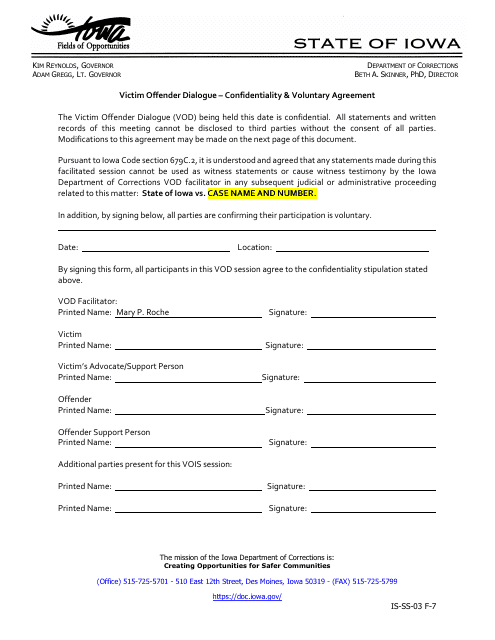Restorative Justice Templates
Restorative Justice: Promoting Healing through Accountability and Reconciliation
Restorative justice, also known as restorative practices, is a unique approach to criminal justice that focuses on repairing harm caused by crime through the active involvement of all parties affected. Instead of relying solely on punitive measures, restorative justice emphasizes dialogue, empathy, and understanding to promote healing, accountability, and reconciliation.
In the realm of criminal proceedings, restorative justice offers an array of alternative processes that aim to divert individuals away from traditional prosecution. By seeking more meaningful resolutions, these processes have proven to yield positive outcomes for both victims and offenders, as well as society at large.
One such process is the supervised diversionary program, which provides individuals accused of committing a crime with an opportunity to address the harm they have caused while avoiding formal criminal charges. Through restorative justice proceedings, such as the Notice of Application for Supervised Diversionary Program, individuals can take responsibility for their actions and engage in a process that addresses the needs of the victim, the offender, and the community as a whole.
Another restorative justice process is the victim-offender dialogue, which allows victims and offenders to come together in a safe and structured environment to express their experiences, emotions, and concerns. This process encourages open communication, empathy, and understanding, ultimately fostering healing and offering a chance for reparation.
Restorative justice practices are not only limited to the United States but are also recognized and implemented in various Canadian provinces and other countries around the world. In Alaska, for example, the courts have implemented a restorative justice program that offers individuals the opportunity to engage in a restorative justice proceeding, as indicated by the Notice of Intent to Conduct a Restorative Justice Proceeding. This process allows for a collaborative approach between victims, offenders, and the justice system to seek a resolution that meets the needs of all parties involved.
Restorative justice, sometimes referred to as restorative practices, embodies a more inclusive and holistic approach to addressing crime and its consequences. By putting emphasis on repairing harm, restoring relationships, and promoting meaningful accountability, restorative justice paves the way for a more compassionate and effective criminal justice system.
(Note: This is a general description of restorative justice and does not include exact document titles or alternate names provided. The examples are used for context and illustration purposes.)
Documents:
10
This form is used for notifying the court of an application for the supervised diversionary program in Connecticut. The form is available in Polish.
This document is a request for information for individuals who are victims of crime in Nova Scotia, Canada. It is used to seek relevant information and support for victims of crime.
This form is used for providing notice of a restorative justice proceeding in Alaska. It is an official document that informs individuals involved in a criminal case about a restorative justice process that aims to address and resolve the harm caused by the offense in a constructive and healing manner.
This form is used for notifying the parties involved about the intention to conduct a restorative justice proceeding in Alaska.
This document is used to determine eligibility for the Murri Court program in Queensland, Australia. It assesses whether an individual meets the criteria to participate in the court program designed for Aboriginal and Torres Strait Islander defendants.
This document argues for keeping youth in the juvenile justice system and treating them as children, rather than trying them as adults. It emphasizes the importance of providing rehabilitation and age-appropriate interventions for young offenders.
This document is used for Victim Offender Dialogue in Iowa. It explains the importance of confidentiality and voluntary agreement in the process.

